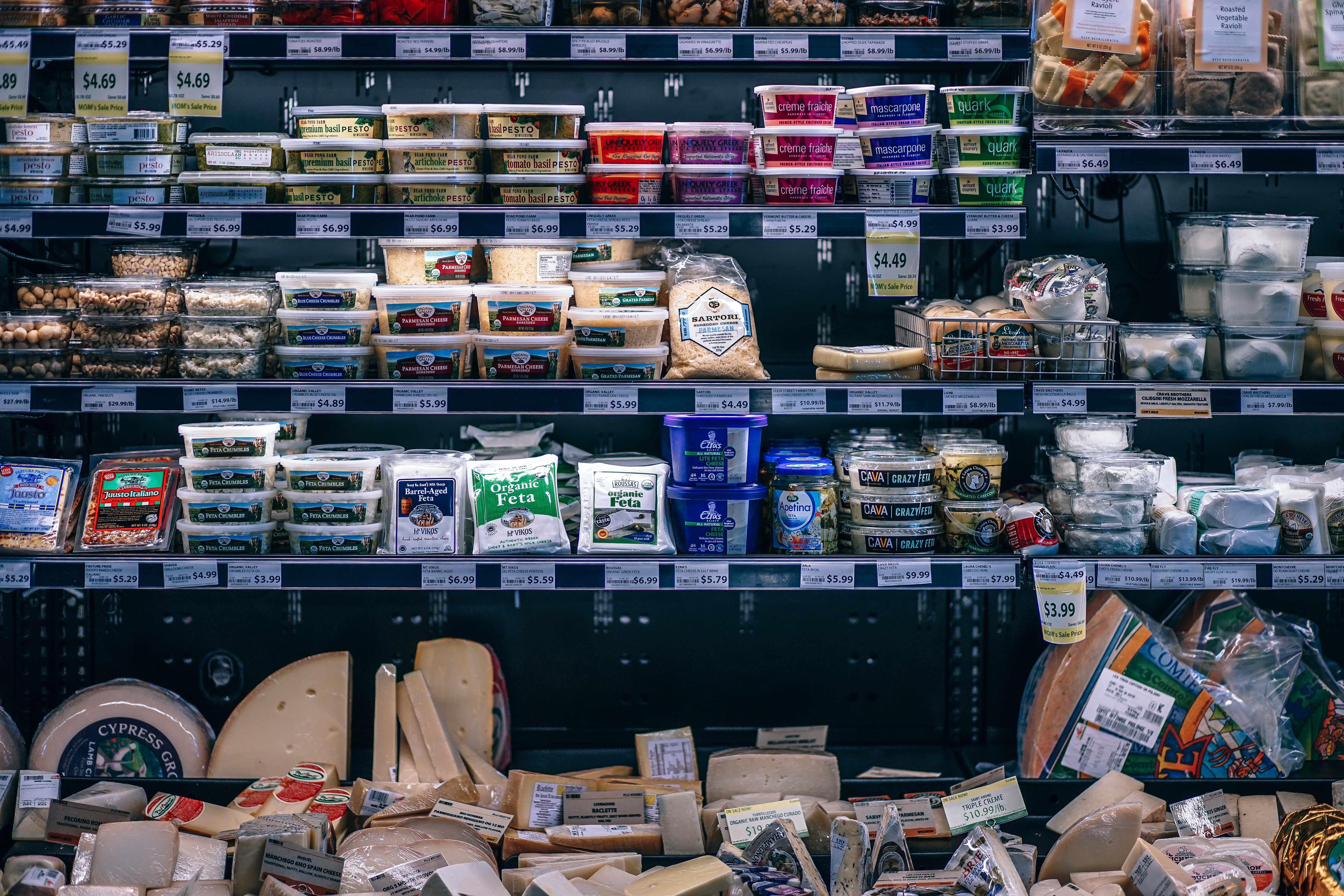By David Lundquist
We think what we eat and drink is safe. Why not? The labels say it: “naturally flavored,†“organic,†and “trans-fat free.†The Food and Drug Administration (FDA) regulates what we consume to ensure safety, right? Well, not exactly.
Food companies have few restrictions when it comes to labels. For “naturally flavored†labels, companies have the freedom to define “natural†at their discretion. Quaker Oats’ Chewy Yogurt Blueberry Granola Bars are marketed with a “naturally & artificially flavored†blueberries label on the packaging. However, when the ingredients are examined it is clear the product is made up of sugars, preservatives, emulsifiers, and eventually dried blueberries that consist of glucose syrup (more sugar), blueberries, and sodium alginate (a food thickener). CNN reported in 2015 that “natural flavors†in a blueberry granola bar more than likely “consist of a chemical originally found in blueberries, enhanced and added into your food in a lab.â€
The US Department of Agriculture (USDA) requires that “Organic†labeled products contain only 95% organic ingredients. But 5% could be non-organic. Why is even five percent wiggle room allowed in anything I consume that’s labeled “organic� The FDA allows companies to label their products as “trans-fat free†if their products have .5 grams or less of trans fat (partially hydrogenated oils) per serving. Food companies have manipulated the serving sizes of their products so they can market their products as “trans-fat free†even though it’s there. Companies reduce their serving sizes to a non-realistic size in order to take advantage of this loop hole (like one cookie is an entire serving size of cookies).
Is this possible? Can corporations get away with false advertising and lying to consumers? Yes. Our government allows it and it all comes down to profits and power. There are 10 companies that control nearly every food product that we buy today. Nestlé, Pepsi, and Coca-Cola are the top three food and beverage companies in the world. These food giants earn billions of dollars a year in profits and spend millions each year in government lobbying to ensure that little to no regulation is passed, which would hurt profits.
I see labels everywhere trying to con us into believing the processed food actually contains something healthy. General Mills, for example, markets their Lucky Charms cereal as “Whole Grain†with a huge check mark to catch your attention. Whole grain oats is the first ingredient, and Ingredient lists work by starting with the most-used ingredients, then go down (in order) to the ones used in only very small amounts. The second ingredient is marshmallows (sugar), then sugar, then oat flour, then corn syrup (more sugar), and then some preservatives and artificial flavors. And we wonder why our children are so unhealthy.
I fell for the food mislabeling scam. I was consuming what I thought was “healthyâ€:  Smart Ones® microwave meals, AriZona® Tea, and fat free yogurt. My doctor said I had hereditary high cholesterol and I would be on cholesterol medicine for life. I refused to accept that option. I learned how to read nutrition labels and examine ingredients to truly see what was in these so-called “healthy†products. This led me to change how I ate, giving up processed foods and sugary drinks. Within four months my total cholesterol level dropped nearly 70 points without medicine or exercise. I lost 20 pounds and my energy soared. My doctor admitted I no longer needed any medicine.
America is the fattest nation in the world. It’s time for our government to take action on Big Food. Stop fooling yourselves that we can exercise our way out of this problem. As long as companies are allowed to mislabel and dupe consumers, we will continue to have a public health epidemic.
Government needs to really regulate how our food products are labeled. Food companies have deep pockets for lobbying and their former heads are now key figureheads at federal agencies. This creates too much leniency with regulation. Attempts to create needed labeling regulation have consistently failed. The only realistic solution for more regulation on our food labels may be litigation. Suing the FDA and USDA for negligence may force them to force Big Food to fix their labeling. It’s time for government to do what it’s supposed to do and make food labels accurate. Consumers should be able to make informed decisions about what they eat. But if food companies continue to deceive consumers with misleading labels, diet-related chronic health diseases will continue to rise, expanding our public health epidemic. How much more will it take for Washington to open its eyes?




